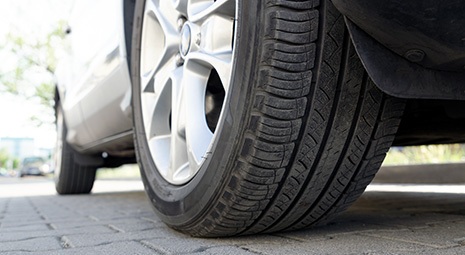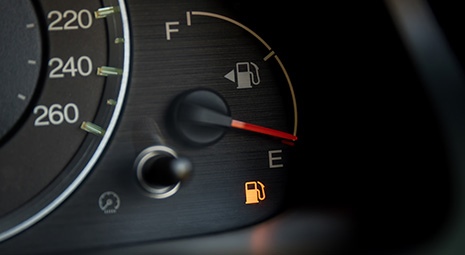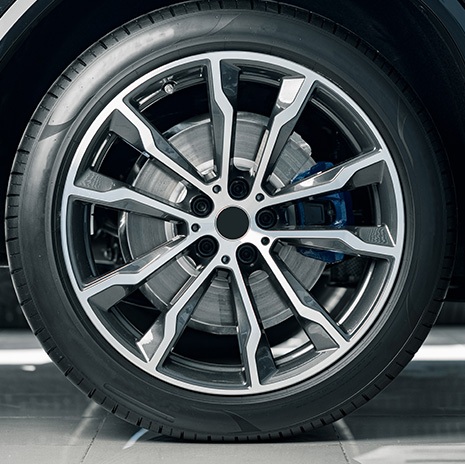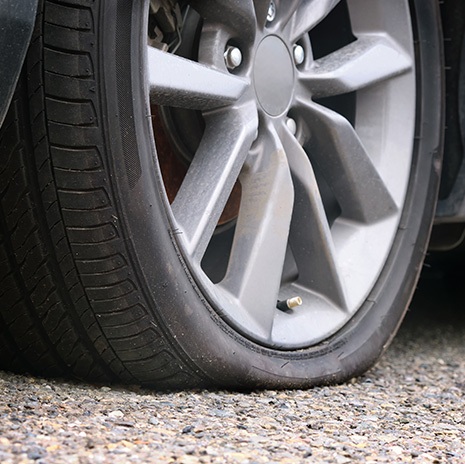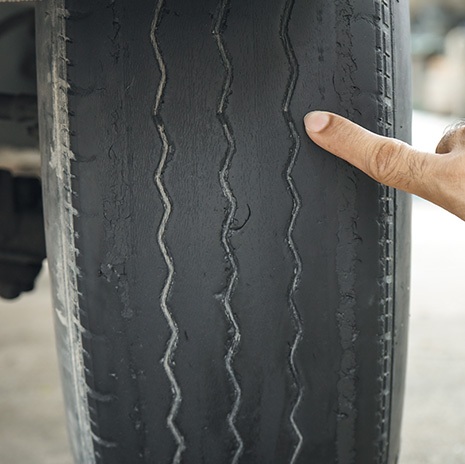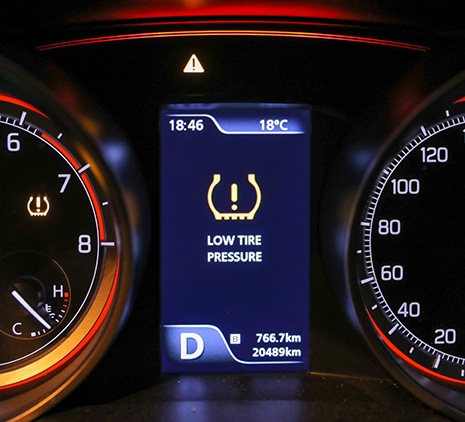How to Check Your Tyre Pressure?
Using a tyre gauge is one of the quickest and easiest ways to check if your tyres are inflated correctly. Here’s how to check tyre pressure:
- Remove the tyre valve dust cap and place the pressure gauge onto the valve.
- Gently push the gauge down until you get your reading.
- Check the reading to see whether you need to deflate or inflate your tyres.
- Make sure you check all four tyres, as pressure in each tyre can vary.
- And don’t forget to check the tyre pressure on your spare tyre too, as it will naturally lose pressure over time.
If you don’t have a tyre pressure gauge at home you can always visit your local HiQ centre where we’ll check your tyre pressure for you. Many fuel stations also offer an air pump service, with some services free.
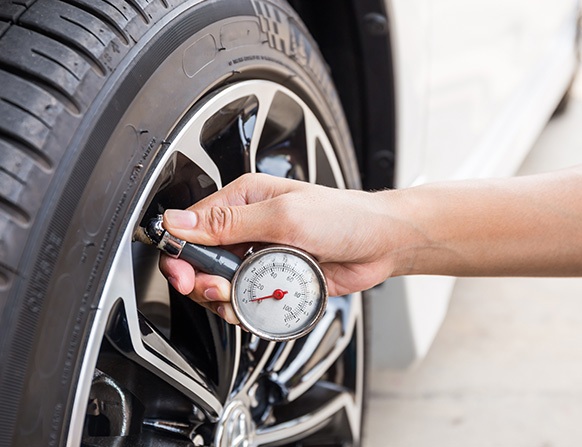
When should tyre pressure be checked?
It’s very easy for tyres to become deflated if they aren’t checked regularly, so how often should you check tyre pressure? A tyre typically loses around 1 psi (0.07 bars) per month and this can result in uneven wearing of the tread, so we recommend checking your tyres every two weeks as well as before motorway driving and long journeys. Make it part of your tyre maintenance routine, as well as taking time to check your tyre’s tread depth and see if there’s any damage.
It’s best to check your tyre pressure when your tyres are cold, and by ‘cold’ we mean that you’ve driven no more than 2 miles before checking. If your tyres are warm, the pressure inside them increases so any change in pressure will probably be too low.
Something else to bear in mind is that cars manufactured after 2012 have an inbuilt Tyre Pressure Monitoring System (TPMS). But how do tyre pressure sensors work? TPMS allows you to set your vehicle’s required tyre pressure and you’ll be alerted immediately if there’s any change in pressure.
